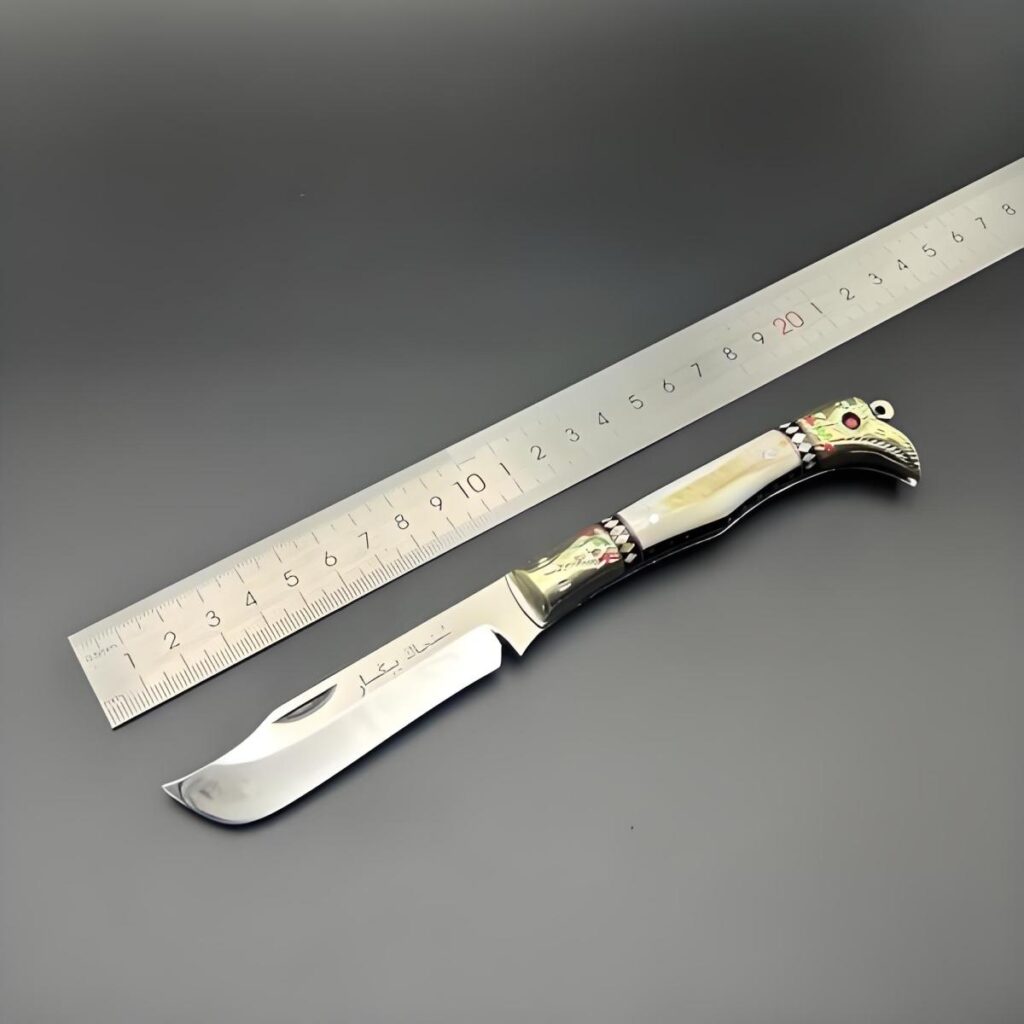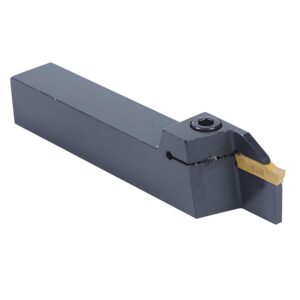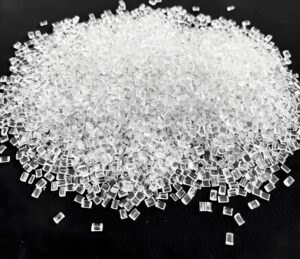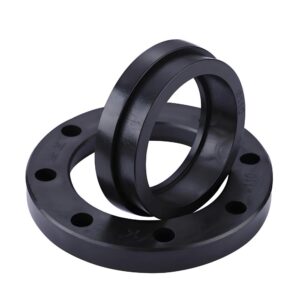1095 steel has long been a staple in the world of machining and manufacturing, revered for its simplicity, strength, and versatility. 1095 high carbon steel is a favorite among craftsmen, particularly for applications requiring durability and edge retention, such as knives and cutting tools. Precionn, a leader in the machining industry, brings you an in-depth exploration of 1095 steel, shedding light on its composition, properties, uses, and more. Whether you’re a machinist, or purchaser about this material, this guide offers a thorough understanding of what makes this alloy so special.
What Is 1095 Steel?
1095 steel is a high-carbon, non-stainless steel alloy known for its excellent hardness and edge retention. Part of the 10xx series of carbon steels, the “1095” designation indicates its carbon content—approximately 0.95%. This high carbon content makes it one of the hardest steels in its class, ideal for applications where sharpness and strength are paramount. Its simplicity, with minimal alloying elements, allows for straightforward heat treatment and machining, making it a go-to choice for both industrial and artisanal projects.
The steel’s popularity stems from its balance of performance and affordability. While it lacks the corrosion resistance of stainless steel, its mechanical properties make it a preferred material for tools that require a fine edge and robust structure. From knife blades to agricultural implements, 1095 steel has carved out a niche in industries that value reliability and precision.
1095 Steel Composition
The composition of 1095 hc steel is relatively straightforward, which contributes to its widespread use in machining. Its primary component is iron, with a high carbon content that defines its characteristics. Below is a breakdown of its typical composition:
- Carbon (C): 0.90–1.03% – Provides hardness and edge retention.
- Manganese (Mn): 0.30–0.50% – Enhances strength and toughness.
- Phosphorus (P): ≤ 0.040% – Improves machinability but kept low to avoid brittleness.
- Sulfur (S): ≤ 0.050% – Aids machinability but minimized to maintain structural integrity.
- Iron (Fe): Balance – The primary base metal.
This minimalistic alloy composition ensures that 1095 steel remains cost-effective while delivering exceptional performance for specific applications. The high carbon content is the key to its hardness, but it also influences its susceptibility to corrosion, which we’ll explore later.
1095 Steel Properties
Physical Properties
- Density: Approximately 7.85 g/cm³, typical for carbon steels, making it dense and robust.
- Melting Point: Around 1,482–1,510°C (2,700–2,750°F), allowing it to withstand high temperatures during forging.
- Thermal Conductivity: Moderate, meaning it conducts heat well enough for heat treatment but requires careful control to avoid warping.
- Corrosion Resistance: Low, due to the absence of chromium or other corrosion-resistant elements. 1095 steel requires regular maintenance to prevent rust, especially in humid environments.
These physical properties make 1095 steel a material that demands care but rewards users with durability when properly maintained. For applications like knives or outdoor tools, coatings or regular oiling are often used to mitigate its susceptibility to corrosion.
Mechanical Properties
- Hardness: After heat treatment, It can achieve a Rockwell hardness of 55–65 HRC, depending on the quenching and tempering process. This makes it ideal for cutting tools.
- Tensile Strength: Typically ranges from 700–900 MPa, providing excellent resistance to breaking under tension.
- Toughness: While not as tough as lower-carbon steels, 1095 steel offers sufficient toughness for most applications, though it may chip under extreme stress.
- Edge Retention: Its high carbon content ensures superior edge retention, making it a favorite for knives and razors.
- Wear Resistance: The steel resists wear well, particularly in abrasive environments, though it may require regular sharpening for optimal performance.
These properties make 1095 steel a versatile material, but its performance depends heavily on proper heat treatment and maintenance.
Heat Treatment of 1095 Steel
Heat treatment is critical to unlocking the full potential of 1095 steel. The process enhances its hardness, strength, and edge retention, tailoring it to specific applications. The typical heat treatment process includes:
- Annealing: Heating the steel to 750–800°C and slowly cooling it to reduce internal stresses and improve machinability.
- Hardening: Heating to 800–850°C, followed by quenching in oil or water to achieve maximum hardness. Oil quenching is preferred to minimize cracking.
- Tempering: Reheating to 150–400°C to reduce brittleness while maintaining hardness. The exact temperature depends on the desired balance of hardness and toughness.
Proper heat treatment ensures that steel achieves the optimal balance of hardness and durability. However, improper quenching can lead to cracking or excessive brittleness, so precision is key.
Fabrication of 1095 high carbon steel
Fabricating 1095 steel involves shaping it into usable forms through processes like forging, machining, and grinding. Its high carbon content makes it slightly more challenging to work with than lower-carbon steels, but its simplicity allows for a range of fabrication techniques:
- Forging: It can be forged at temperatures between 900–1100°C. Care must be taken to avoid overheating, which can cause grain growth and weaken the material.
- Machining: In annealed state, This alloy relatively easy to machine, though its hardness after heat treatment requires specialized tools.
- Grinding: Grinding is commonly used to achieve a fine edge on knives and tools made from 1095 steel.
- Welding: Due to its high carbon content, welding this steel is challenging and often avoided. Preheating and post-weld heat treatment are necessary to prevent cracking.
What Is 1095 Steel Used For?

1095 steel’s combination of hardness, edge retention, and affordability makes it a popular choice across various industries. Some common applications include:
- Knives and Blades: Its excellent edge retention and ability to be sharpened to a fine point make it a favorite for hunting knives, kitchen knives, and swords.
- Springs: The steel’s toughness and ability to withstand repeated stress make it suitable for certain spring applications.
- Agricultural Tools: It is used in tools like sickles and machetes, where durability and sharpness are essential.
- Hand Tools: Chisels, punches, and other hand tools benefit from 1095 steel’s wear resistance and strength.
- Custom Projects: Artisans and hobbyists often choose 1095 steel for custom blades and tools due to its workability and performance.
The Limitations of 1095 carbon steel
- Corrosion Susceptibility: As a non-stainless steel, it is prone to rust, requiring regular maintenance, especially in humid or wet environments.
- Brittleness: Its high hardness can make it brittle, particularly if not properly tempered, leading to chipping or cracking under heavy impact.
- Limited Toughness: Compared to lower-carbon steels or modern alloys, it is less tough, making it less suitable for applications requiring extreme flexibility.
- Challenging Weldability: Its high carbon content makes welding difficult, limiting its use in applications requiring extensive joining.
These limitations mean that 1095 steel is best suited for applications where its strengths—hardness and edge retention—are prioritized over corrosion resistance or toughness.
Why Choose Precionn for 1095 Steel Projects?
When it comes to working with high-quality materials like 1095 steel, partnering with a trusted machining expert is essential. Precionn, a leader in the machining industry, specializes in delivering precision-crafted components tailored to your needs. With a deep understanding of materials like 1095 steel, Precionn’s team ensures that every project meets the highest standards of quality and performanc, expertise in heat treatment, fabrication, and machining guarantees exceptional results.
Visit Precionn’s website to learn more about how their services can bring your 1095 steel projects to life. From concept to completion, Precionn is your partner in precision machining, offering innovative solutions and unparalleled craftsmanship.
FAQ: Common Questions About 1095 Steel
Yes, it is an excellent choice for knives due to its high hardness and superior edge retention. It can be sharpened to a razor-like edge, making it ideal for hunting, survival, and kitchen knives. However, its susceptibility to rust requires diligent maintenance, such as oiling and proper storage, to keep the blade in top condition.
Yes, It is prone to rust because it lacks chromium, the element that gives stainless steels their corrosion resistance. To prevent rust, users should keep the steel clean, dry, and lightly oiled, especially in humid or coastal environments. Regular maintenance can significantly extend the lifespan of 1095 steel tools and blades.
Hardening 1095 steel involves heating it to 800–850°C and quenching it in oil or water to achieve maximum hardness. This is followed by tempering at 150–400°C to reduce brittleness. The process requires precision to avoid cracking or warping, and professional machinists often use controlled environments to ensure consistent results.
Hardness: 1095 achieves 55–65 HRC, while D2 can reach 60–62 HRC with proper heat treatment.
Corrosion Resistance: D2’s higher chromium content (11–13%) makes it semi-stainless, offering better rust resistance than 1095.
Edge Retention: Both steels offer excellent edge retention, but D2’s alloying elements give it a slight edge in wear resistance.
Toughness: 1095 is less brittle than D2, making even if D2 is more wear-resistant, it can be more prone to chipping.
Cost: 1095 is generally more affordable and easier to work with, making it a favorite for budget-conscious projects.
For knives, 1095 is preferred for its ease of sharpening and cost, while D2 is chosen for applications requiring greater corrosion resistance and wear resistance.




